Optimal Timing for Roofing Services
Understanding the optimal timing for roofing services can enhance the durability and effectiveness of repairs or installations. Weather conditions, temperature, and seasonal factors play significant roles in scheduling roofing work to ensure quality results and safety.
Spring offers moderate temperatures and longer daylight hours, making it suitable for roofing projects. It reduces the risk of weather-related delays and allows for thorough inspections and repairs.
Summer provides warm weather, ideal for roofing work. However, high temperatures can pose challenges, requiring early morning or late afternoon scheduling to avoid heat-related issues.
Fall is considered one of the best times for roofing, with mild temperatures and less rain. It allows for proper drying and curing of roofing materials before winter.
Winter is generally less favorable due to cold temperatures, snow, and ice. However, in milder climates or with specialized materials, roofing can be performed with proper precautions.

A thorough roof inspection helps identify issues early after winter.
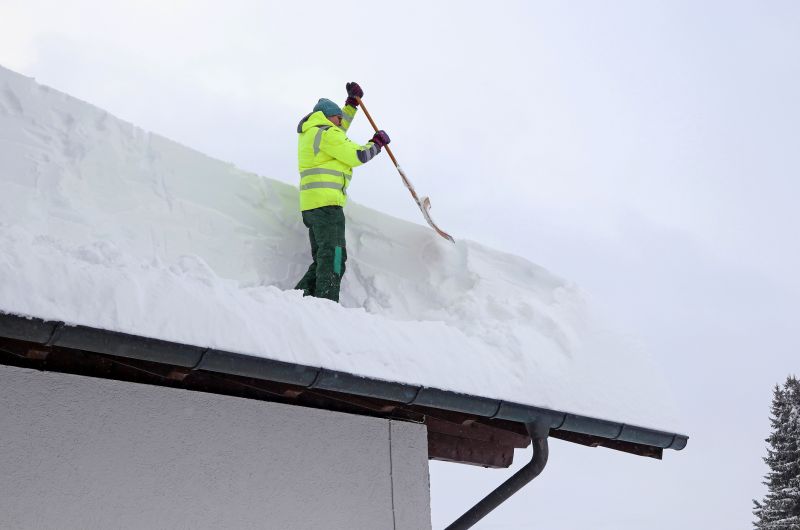
Scheduling during cooler parts of the day minimizes heat-related risks.
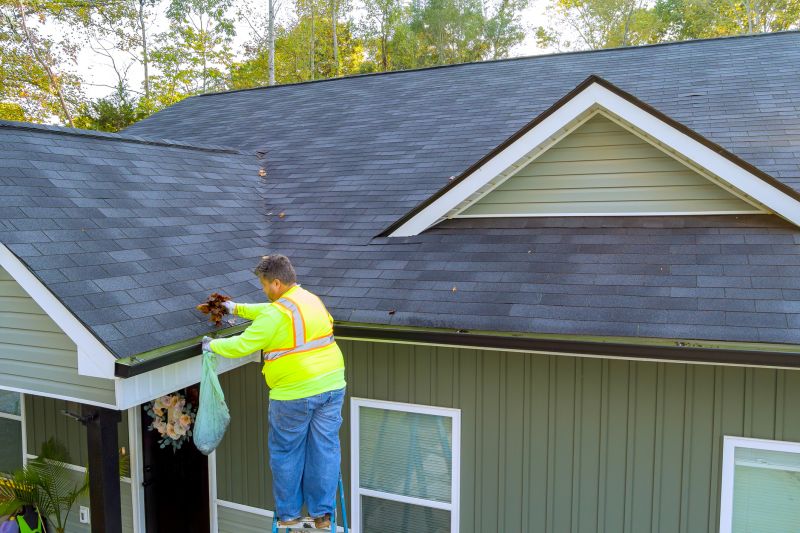
Preparing roofs for winter by addressing repairs and cleaning gutters.

Ensuring proper materials and safety measures for cold weather work.
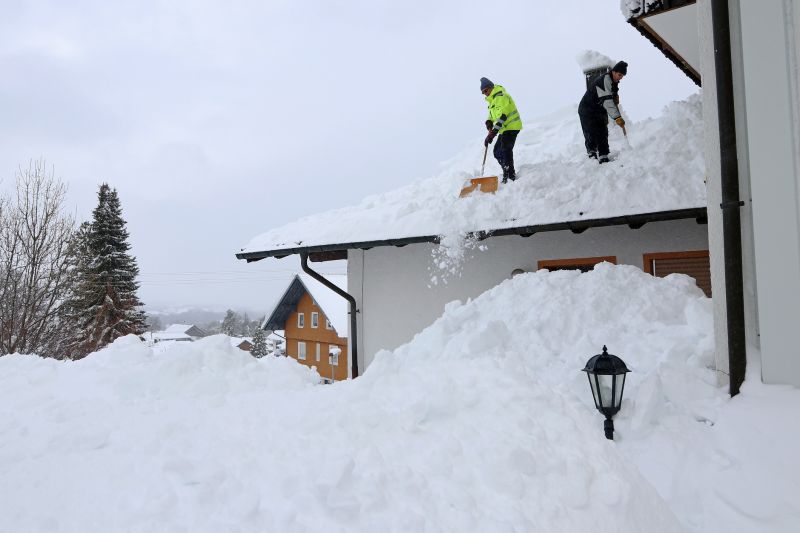
Monitoring forecast to avoid work during rain, snow, or high winds.

Choosing appropriate materials based on seasonal weather conditions.

Implementing safety protocols suited for different weather scenarios.

Identifying the best months for roofing projects based on climate patterns.
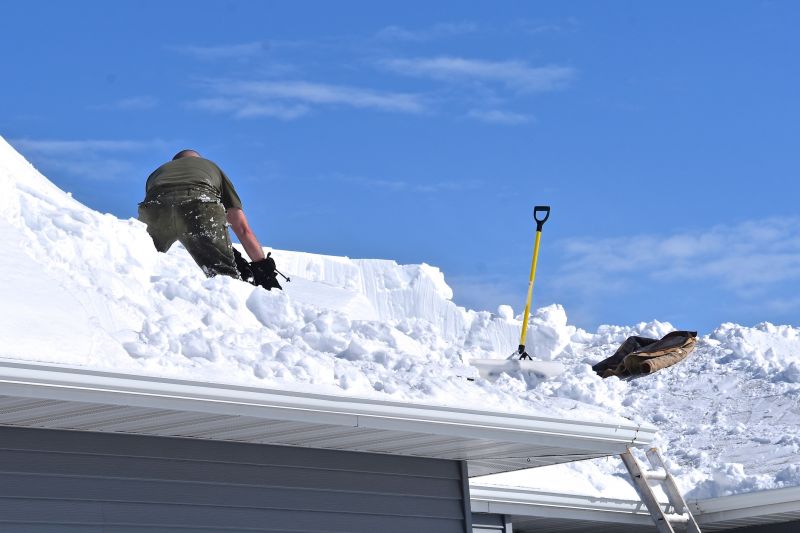
Scheduling projects to maximize weather conditions and material performance.
| Season | Ideal Conditions |
|---|---|
| Spring | Moderate temperatures, dry weather, longer days |
| Summer | Warm weather, early mornings or late afternoons recommended |
| Fall | Mild temperatures, less rain, ideal for preparation |
| Winter | Cold temperatures, snow, and ice generally unsuitable |
Roofing services encompass a range of activities including inspections, repairs, replacements, and maintenance. Proper timing ensures that materials adhere correctly and that the work is performed under conditions that prevent delays and complications. Seasonal considerations are important for optimal results, with spring and fall often being the most suitable periods due to favorable weather patterns. Accurate planning and weather monitoring contribute to the longevity and performance of roofing systems.

Inspecting roofs after winter to assess damage and plan repairs.
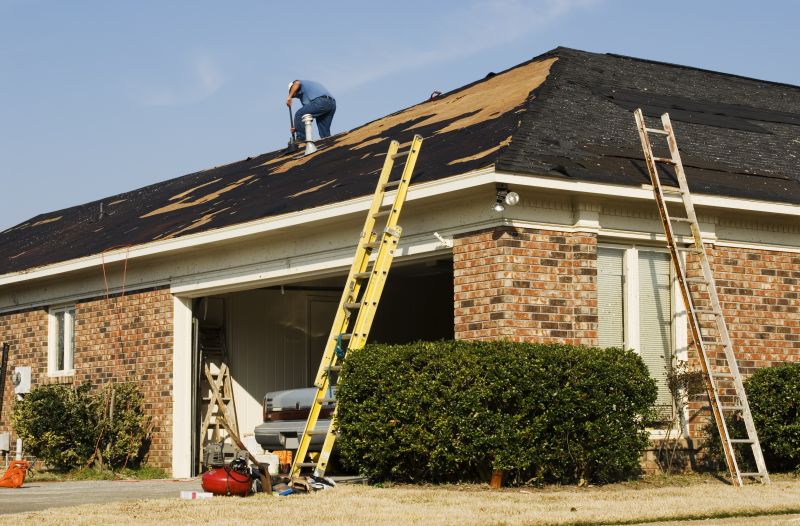
Addressing minor repairs during cooler times of day.

Prepping roofs for winter conditions.
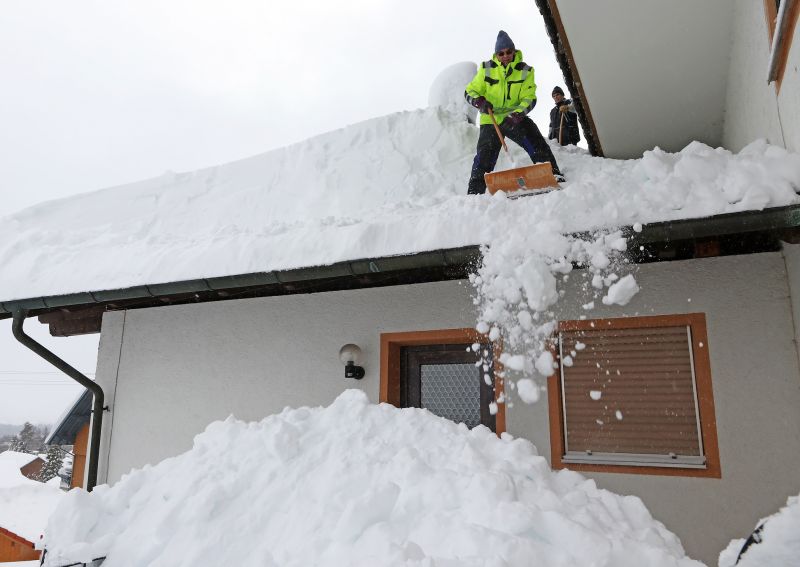
Using specialized materials and safety protocols.

Popular materials for Roofing Service and why they hold up over time.
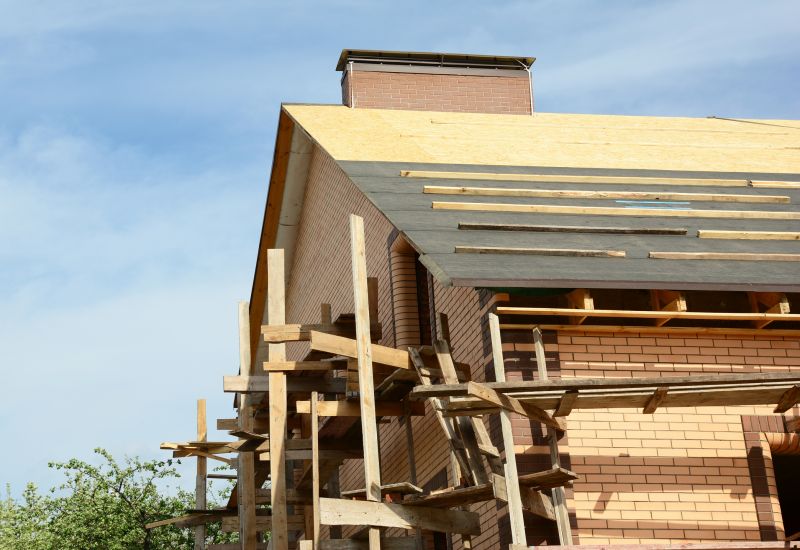
Simple add-ons that improve Roofing Service without blowing the budget.
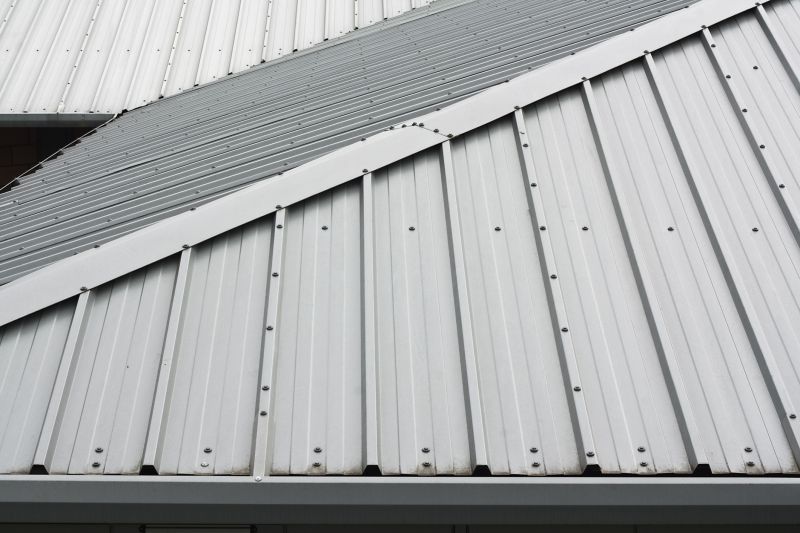
High-end options that actually feel worth it for Roofing Service.

Finishes and colors that play nicely with Roofing Service.
Scheduling roofing services at appropriate times can improve the quality and durability of work performed. Consulting with roofing professionals and monitoring weather forecasts are key steps in planning projects. Proper timing not only ensures safety but also helps in achieving long-lasting results that protect the structure and enhance its value.
Interested in scheduling roofing services? Filling out the contact form provides a convenient way to discuss options and plan for optimal timing based on local weather patterns and specific project needs in Queensbury, NY.

